July heat levitated in visible waves from the black pavement and buffeted us through our wide open pickup windows. Caryl and I were in the outback now, up in the broad headwaters of the Lemhi, clipping along at 60 MPH, skimming across the wide open sagebrush ocean of high desert Idaho. Caspar’s 6 cylinders were wound out and the engine was starting to produce the uncomfortable harmonic vibrations typical of our hammered and not-so-white 1972 F100 Ford pickup. The sign we were looking for popped into view on the otherwise featureless landscape. It read: “Tex Creek. Cold Springs.â€
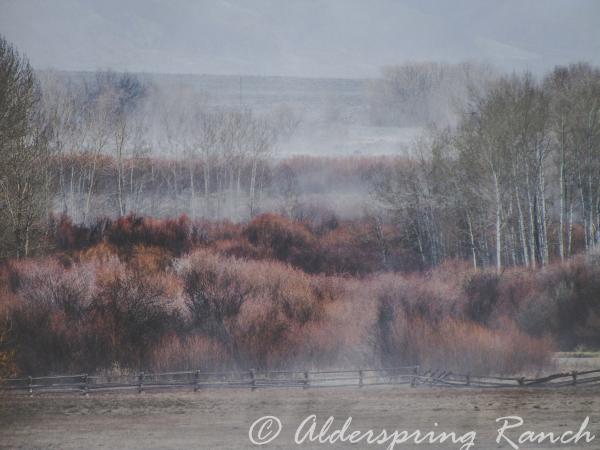
This was it, according to Lloyd Clark’s directions he had dictated to me the night before.
His voice over the phone, though gravelly, had a sort of distant and singsong quality to it. I looked forward to meeting him. We coasted into a slow right turn off State Highway 28 on to the arrow straight dirt that seemed to head right into the base of the 11,000 foot Lemhi Mountain range. The peaks rose imposingly from the flat valley floor; their snowcapped heights were brilliant, reflecting the high solar position of midsummer.
We didn’t know it then, but we were about to embark on a journey that would take us across even the landscape of time. It would become a pilgrimage of sorts, this first journey to the Clark ranch. It would set in motion many more summer days, a train of ideas, and a vision that would eventually lead us into the realm of ranching and of husbandry ourselves.
As we pointed Caspar down the dirt road, we halted our usual conversation, transfixed by the austere beauty of our surroundings. This was one of the highest elevation ranches in the Lemhi Valley, and it sat in the transition zone between subalpine forest and grasslands, between flat valley and rugged mountain. Everywhere we looked, the scenery was stunning.
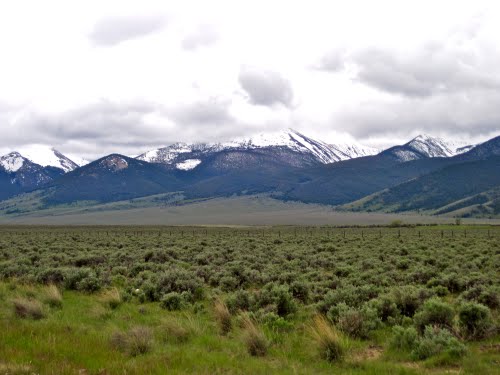
In about a mile, the large, battered mailbox got our attention as we coasted to a stop in front of it. “CLARK,†it read in large, hand-painted black letters. Time had taken its toll on the paint, and it was now flat black and peeling. Beyond it wound a rocky two-tracked driveway across a hand built cattle guard. It was a massive timbered structure, built out of rough sawn Douglas-fir timbers, now grey and worn by years of exposure to the elements—and vehicles crossing it. We gazed at the ramshackle structure, and then looked at each other.
“There’s big holes in it,†Caryl observed, breaking the silence. “I don’t know about this.â€
She was right. Some of the voids left by broken members were big enough to swallow a pickup wheel. “This has to be right,†I replied. “After all, how do you suppose they get to the ranch without driving across it?†We both looked beyond, down the rocky track about another half mile, where we could spot the ranch house, shimmering in the distance with late morning high desert heat.
I pushed the clutch down, and slipped Caspar into 1st gear, slowly releasing foot pressure as we lurched forward, careful not to drop a tire into the holes. The cattle guard creaked and popped as we crossed; it wasn’t what I would call uneventful. It was fraught with more than a little bit of reservation and even anticipation that we would crash through. I now realize in retrospect that it was somehow appropriate. The crossing onto the Clark place should have been eventful and worthy of careful consideration, because, even though it was July 1989 on the side of county road dirt, the Clark Ranch side was somehow intractably stuck around the turn of the century, eighty years prior.
Caspar somehow kept running as we headed down the lane, despite being an anachronism as we passed through this, our private wormhole in the dimension called time. The lane meandered along the sinuosity of Tex Creek. Willows and river birch lined it, but frequently we looked through a window in the tangle of brush into the ribbon of soul that sustained them: the windowpane waters of the creek itself. Tex Creek itself was a step back to prehistory. As we bumped and rolled along it, I couldn’t remember seeing water so clear; it had a primeval look to it. The gravels on the bottom leaped out in a surreal living color beneath the shimmer that spoke to the truth that water covered them.
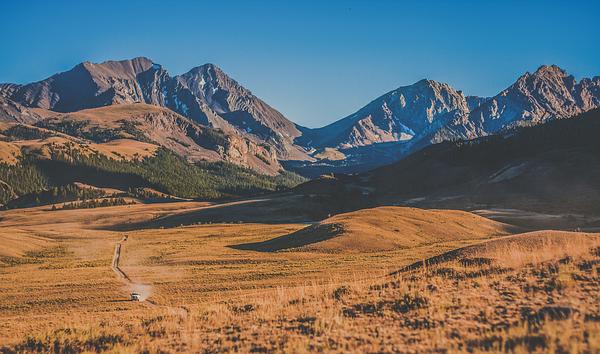
In another quarter mile, we pulled up to a large, weathered bronze and grey log home, where a huge white Pyrenees dog awaited us with a deeply rolling bark; she was taking her sentry position quite seriously. As we stepped out (tentatively, as the dog was intimidating and needed to complete a sniffing over before allowing us passage) and pushed our doors shut behind us, a screen door slammed on the front porch of the house.
It was Lloyd. He stepped down off the porch and stopped, apprising us, thumbs in his tired and worn Levis. He wore a dark, faded and a little torn chambray shirt under once bright-red suspenders, top button tight around his wrinkled neck (it looked uncomfortably so, as his flesh bulged around the brim of his shirt). His short brimmed, old-style dirty sand colored Stetson had several holes in its peak. Sweat had put an indelible spreading stain around the band area.
Weather and time had worn his 70 year face into deep furrows, but upon reckoning, you intuitively became aware that they weren’t ones created by worry and distress; the lines were in the right places- the man with the crinkly eyes. Caryl and I liked him immediately. He intentionally and slowly hooked a thumb back over his shoulder. He growled through a half grin, “Come on in. Beva’s got lunch on the table.â€
And so we did. A wave of hot and fragrant heat met us at the kitchen door. Lloyd’s wife, Beva had a meal of roasted mutton and taters ready on the table, and greeted her visitors cheerily as she set new places, as if unexpected visitors were common (they were). She reached behind her, turning the damper down on her cookstove fire and pulled apron off to set down with us. Despite the heat, Caryl was fixated on the stove. It was a lovely black iron and polished nickel wood cookstove, complete with trivets and dough proofing boxes. She had always wanted one. A box of pine kindling stovewood sat next to it.
That dinner was the beginning of several things. First, we had never eaten mutton (it took a while, but, we eventually developed a taste for it over the next summers). Second, it began a long friendship with Lloyd and Beva. We immediately took to each other, despite being generations apart. Caryl and I had been in agriculture all of our lives and were brought up in the middle of the technological revolution in agriculture. But here we would learn how to run a farm and ranch under literal horsepower, using the sweat of horse and human to carry out tasks that everyone else did with machines.
Lloyd hated machines, and never could coax much movement or any form of work out of one. He had a few gas powered things, like a well dented 1965 pickup, and the family car: a 1971 Ford Country Squire station wagon with faux wooden side panels that were well rusted through (I’d seen live cattle in that one, standing—and doing other untimely things in the back seat). Lloyd relied on others to keep the mechanical stuff running. Town was over an hour away, and they had to make occasional trips to resupply their remote living.
For over 60 years, they had eked out a living off this land, in partnership with horses, sheep, and cattle, in a place where frost would grace the landscape 12 months a year. They opened their home and lives to Caryl and I, bringing us along for a short journey into husbandry as they saw it. Lloyd and Beva had always done it this way, and it was the only thing they knew. So they kept doing it just that way. They weren’t like Amish, required by religious order to live outside of technology. It was just that in their remote location, they never caught up, and in their simple existence, they never had enough cash to adopt the habit of expensive and shiny iron as their own. They were for the most part non-mechanized.
Electricity and telephones had just arrived in their remote valley 30 years prior. Several of their neighbors still had dirt floors in their homes in the 1950s, so I wasn’t overly surprised that one day, while helping Beva with dinner after a long day in the field, I stepped through the kitchen door into the pantry for a mason jar of peaches and found my stocking feet on dirt. There was no floor. Just God’s own earth.
It was an example of all that was an eye opener for us. Caryl and I had been wondering if technology and agriculture were well suited for each other; we had been reading Wendell Berry, among others, and now we weren’t sure such a marriage wouldn’t end in divorce. There was a quietness to Lloyd and Beva’s life that we envied. It was an intentional kind of quiet. They had made choices, and hadn’t been sucked into the vortex, the juggernaut that seemed to be coursing through agriculture worldwide where food was being methodically separated from farmer as farms got bigger and bigger and bigger.
About a month later, we had sickle bars to sharpen on the wheel in Lloyd’s shop. Caryl was harnessing teams of horses in the barn down by the creek. Over days and weeks, the three of us had been slowly cutting our way through 320 acres of wild hay meadows with 1920s mowers sporting 5 foot cutter bars pulled by a team of the heavy drafts. It was slow work, and depended on good tools to do the job.
In the cluttered shop, the steady banging of the Wright Brother’s era hit and miss gas engine (I fanaticized that that very engine likely that powered that first aircraft at Kitty Hawk) kept rhythm to the work at hand, and filled the shop with a blue smoke haze. Moats of dust catching sunlight streamed down through holes in the roof. A rusted water can hung by bailing wire from the ceiling, dripping water on the gray 3 foot grinding wheel spinning slowly by a series of belts that originated at the engine, as I held each sickle section against it, getting razor sharp for the day’s hay. For Caryl and me, all of it was a sort of reverie. Never in our lives had we been in such surroundings. There were times when we could catch each other stopping what we were doing, as if standing aside to pinch ourselves; “was this for real?â€
Lloyd was fastidious about sharpening. “It saves horses,†he said. “It will sure enough sore their shoulders, pulling a dull sickle bar.†And it did, as the arduous work of pulling the ground driven mowing machine was made much easier with sharp sections. But it took a long time before we got to the field that day. We had fallen behind on getting sickles ready over the previous week, and it was time to catch up.
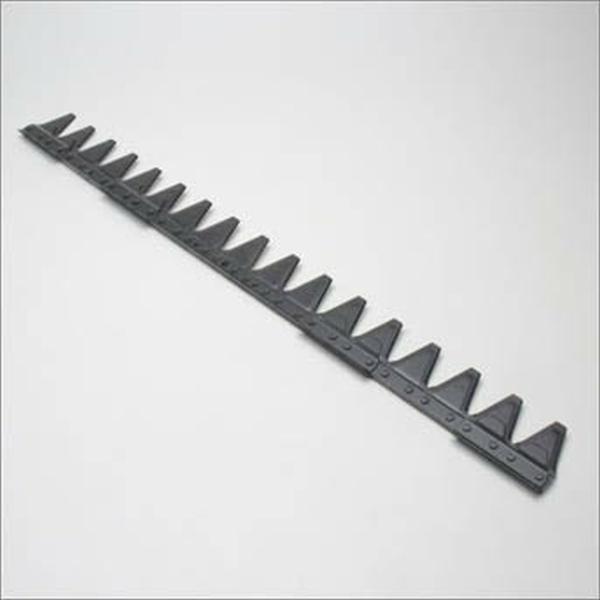
Finally, after several hours, we were on the go, Caryl and I each with a team of drafts, knocking down the ripe hay. We had just made two rounds of the land at hand, and Lloyd was waiting for us at the end of the second, pocket watch deployed, open in his palm. He slowly waved it at us, and we rolled to a stop.
He was grinning. “Lunch.†It was all he said. He turned away, unhitching his team from his machine, and started to lead them to the barn. Caryl and I did likewise, and caught up on the way to the horse barn.
“Lloyd…we just started cutting!†I complained. “We’ll never get anything done today.â€
He stopped walking and looked me in the eye. “Honey,†he growled with that half toothed grin, “the hay will still be here tomorrow. It ain’t a-goin nowhere. Hehe.†(It’s how he always laughed. Really.) Then he winked his slow trademark wink at Caryl. And then he restated things a different way, as he often did, as if he had just come out of some corporate communication skills seminar: “What I mean to say is it’s time to eat…and the cook’s got it ready.â€
And so we put the horses in the cool of the barn on green hay, while we ate mutton together. It was how they were: there was always the unseen and unheard rhythm that ran through what we did. It was built around the animals and the seasons for them. When humans and horses needed to eat, they did. When it got dark, they quit. When it was late summer, they gathered firewood. The Clark’s didn’t run hay equipment at night, or try to coax the ground through one more cutting. They just blended into the weather, the seasons, and the days.
They taught us both that technology could make things harder. Lloyd rarely worked at night, but many of his neighbors did while he and Beva soundly slept. The work would be there tomorrow. Lloyd’s was a low expectation and low potential existence. This sounds bad to our modern sensibilities, but I don’t think it was.
A good businessman friend of mine once said that the number one stress he sees in businesses is that of unmet potential. It eats business owners alive—what could be, but isn’t. They are driven to try to accomplish it all, to reach that potential opportunity, rather than choosing wisely and within their resources, talents, and skillsets things that are realistically attainable. To use today’s common phrase, they work outside of their wheelhouse.
Lloyd never was entrapped by that. And as a result, he walked in peace, and joy caused by the time to see the wonder of everyday: a curlew in the field, a moose in Tex creek. It was always within the confines of his small wheelhouse.
What we took home from Lloyd and Beva was the maxims of simplicity. We are by no means Luddites, who eschew technology. But after spending time with the likes of Lloyd and Beva (and some other old-timers in these high mountain valleys) we try to choose wisely which aspects of it fit our vision and hope for production of your food. We use horses more than most, but also use the tools of dirtbike, tractor, backhoe and mechanized irrigation. We herd cattle and camp with them on the range, as shepherds have for millennia, but use electric fence at night to keep our cattle folded near camp, safe from wolves, and use lightweight camping gear so we “leave no trace†that a cow camp has ever been there.
These days on Alderspring, our summer grass is finally spent, and we winter feed animals, using both a team of horses, and a pickup with a trailer. We choose which one suits our time and the objectives of getting our animals fed. We don’t do any of it perfect, of that I am sure. There are still some nights where I am working on a winter night with a headlamp; we get home late from town, and chores get done in the dark.
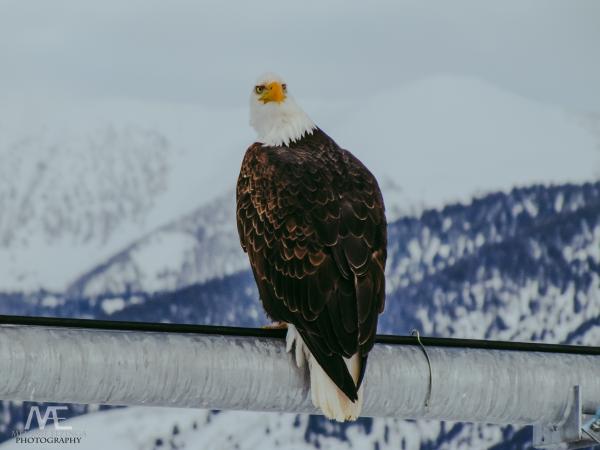
But we have quit night calving in the dead of winter, trading it for springtime, with long days on warm pastures with green grass. The cows calve their own babies, without the high level of assistance needed in cold weather that is typical of ranches around us. We’ve even quit the intensive management of weaning. Now, we let the cow wean her own yearling calf, when the new generation is born. It works for deer, and we found it works for us. Most ranchers would think these to be maverick approaches, but we see them as living within the cycles of nature.
We’ve learned it’s an exciting time to be ranching. There are more tools than ever to increase efficiency and productivity on our organic landscape, but the critical part is to choose well to meet the need for health and happiness of us—and those we are responsible for, the animals and land entrusted to us.
Thanks for making us part of your choice. I know it can be a challenge, as Alderspring is not cheap food. The cost of handcrafting your protein is high due to the nature of husbandry: it is rare situation when we can capture that attribute known as economy of scale. But scale is the siren magnet that leads to the loss of integrity as the factory farm expands in “efficiencies†by leaps and bounds but loses the nutritional value of the food produced. Because of those slow and small scale choices we have made, I know that we produce, or rather handcraft, really good food, and I’m proud to be your rancher.
Happy Trails
Glenn, Caryl, Cowboys and Girls at Alderspring.

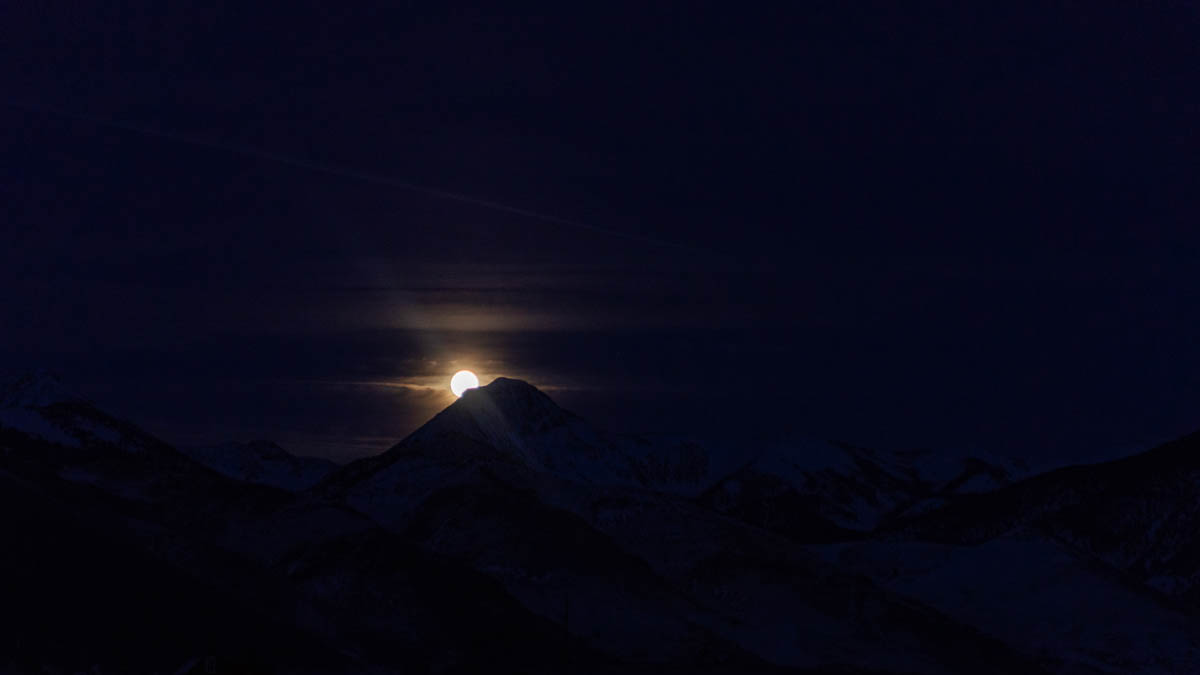
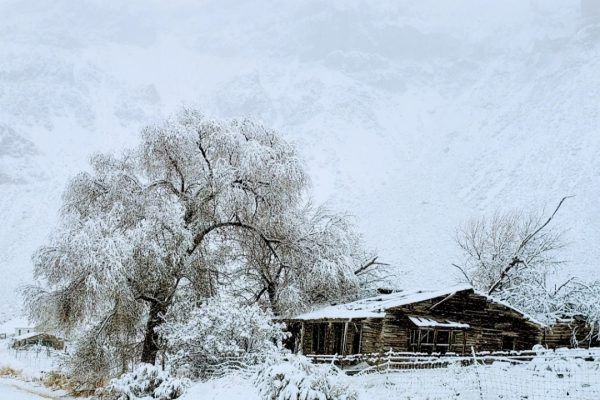

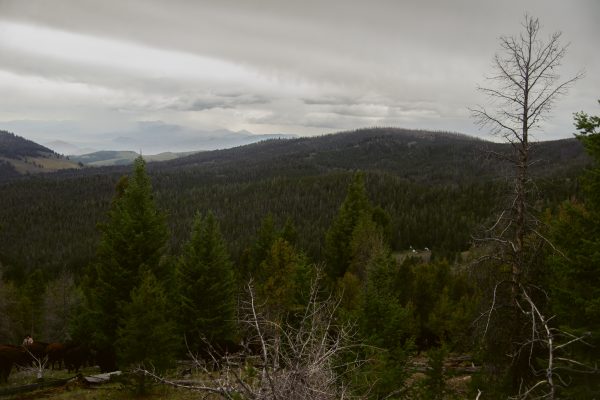
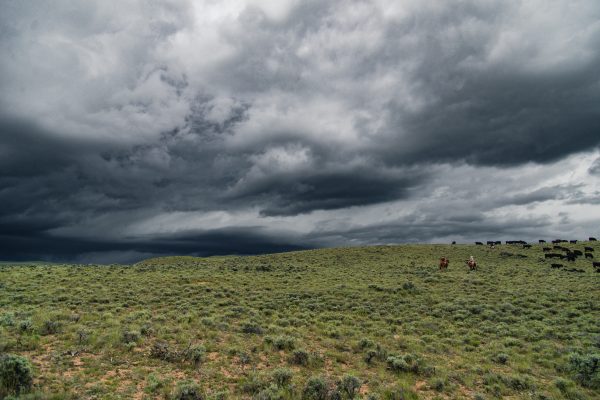

Leave a Reply